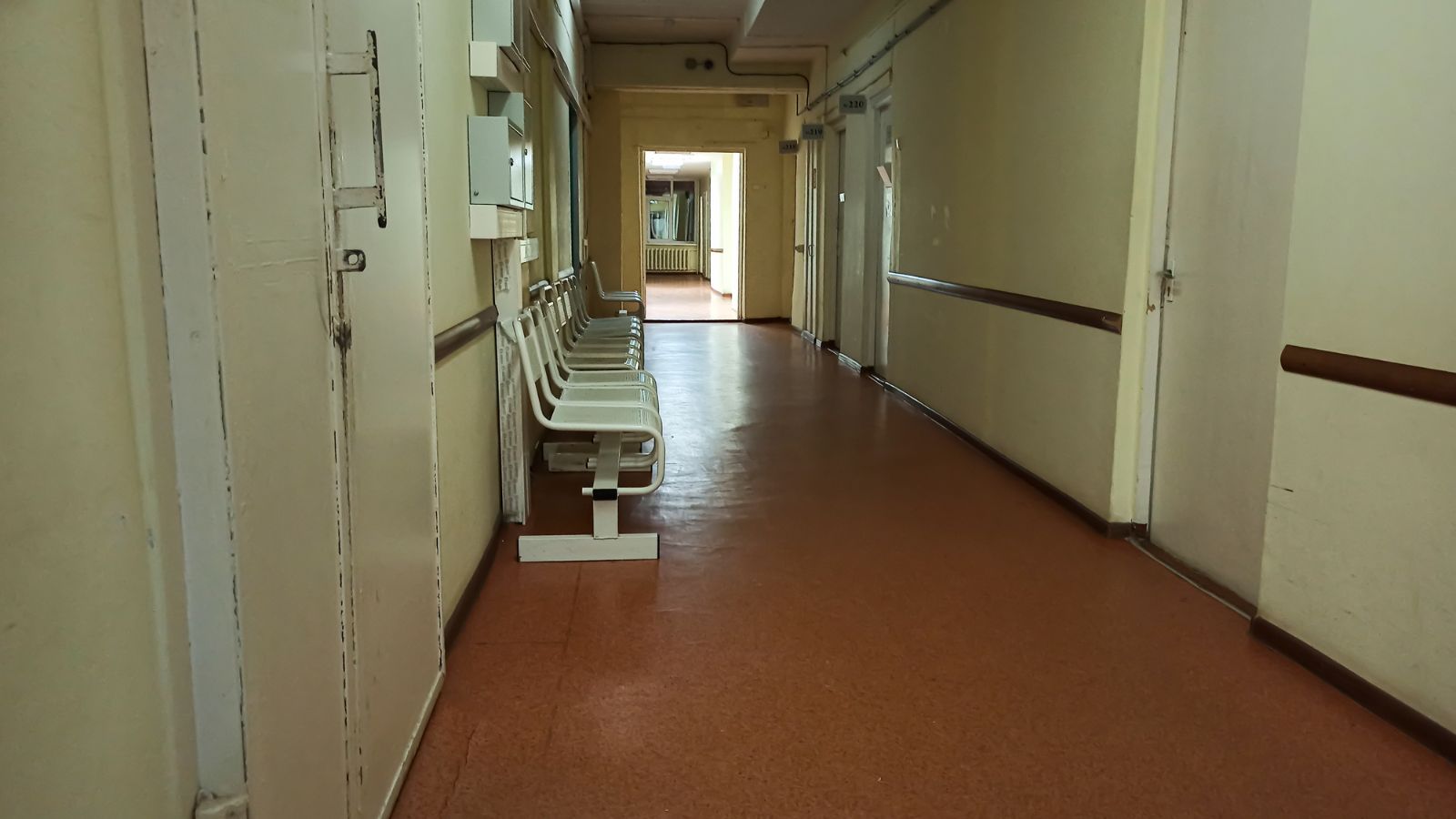The rising cost of healthcare has been a growing concern for many, but in recent years, the situation has become more worrying. Affordable healthcare has becomes increasingly elusive for millions of people due to likes of soaring insurance premiums and systemic inefficiencies. We take a look at 20 startling new realities that highlight the decline of affordable healthcare:
Skyrocketing Insurance Premiums

One of the most immediate and noticeable changes in healthcare costs is the dramatic rise in insurance premiums. For many, this increase has outpaced wage growth, making it harder for families to afford coverage, even when offered by employers.
High Deductibles and Out-of-Pocket Costs

Alongside rising premiums, insurance plans are increasingly offering high-deductible policies. Patients now have to pay more out of pocket before their coverage kicks in, leading many to forgo necessary treatments and medications due to cost concerns.
Narrower Insurance Networks

Insurance companies are shrinking their provider networks to cut costs, limiting the options patients have for doctors and specialists. This has made it more difficult for individuals to find care within their network, particularly in rural areas, resulting in longer wait times or higher out-of-pocket costs.
Prescription Drug Price Hikes

The cost of prescription drugs in the U.S. continues to soar, with many medications seeing price increases of several hundred percent over the past few years. This places an enormous financial burden on patients who require regular medication to manage chronic conditions, with no signs of relief in sight.
Medical Debt Becoming the Norm

Medical debt has become a leading cause of bankruptcy in the United States. Even with insurance, many individuals are forced into debt due to high out-of-pocket costs, emergency care expenses, or treatments that aren’t fully covered. This debt can linger for years, affecting credit scores and financial stability.
Limited Access to Mental Health Services

Mental health services, which were already underfunded, are becoming increasingly inaccessible due to high costs and insurance limitations. This leaves millions of people without adequate mental health support, contributing to worsening mental health crises nationwide.
Rural Healthcare Deserts

Rural areas are facing severe healthcare shortages, with many hospitals and clinics closing due to financial strain. Residents in these regions are left with limited access to care, often having to travel long distances to receive medical attention.
Telemedicine: A Double-Edged Sword

While telemedicine has provided a convenient option for many patients during the pandemic, it’s not a viable solution for everyone. The lack of high-speed internet in rural areas and among lower-income families limits access to this potentially affordable healthcare option.
Preventive Care Becoming a Luxury

Preventive care, which includes screenings, vaccinations and routine check-ups, is increasingly being viewed as a luxury. Many individuals are delaying or skipping preventive visits due to high costs, increasing the risk of undiagnosed conditions that could have been treated early.
Employer-Based Insurance Shifts

More employers are opting for cost-cutting measures like offering only part-time employment to avoid providing full healthcare benefits. Additionally, some businesses are switching to high-deductible plans or providing less comprehensive coverage, leaving employees to shoulder more of the burden.
Aging Population and Increased Demand

As the population ages, the demand for healthcare services continues to grow. The strain this places on the healthcare system is contributing to rising costs, particularly for long-term care and treatments for age-related illnesses like dementia and heart disease.
Outdated Hospital Infrastructure

Many hospitals and healthcare facilities are operating with outdated infrastructure that is costly to maintain. This inefficiency often results in higher costs being passed on to patients. The lack of modernization also affects the quality of care in some areas.
Private Equity in Healthcare

The growing involvement of private equity firms in the healthcare industry is shifting the focus from patient care to profitability. These firms often cut costs by reducing staff, limiting services, or charging higher fees, further contributing to the decline in affordable healthcare.
Hidden Fees and Surprise Billing

Even with insurance, patients are often hit with unexpected bills for services they thought were covered. Surprise billing, where patients receive large bills from out-of-network providers they didn’t choose, remains a significant issue despite legislative efforts to curb it.
Burnout Among Healthcare Workers

Healthcare professionals are facing unprecedented levels of burnout, driven by long hours, understaffing and the emotional toll of the pandemic. This is leading to an exodus of qualified professionals, which further strains the healthcare system and raises costs as demand outstrips supply.
Pharmaceutical Lobbying and Policy Stagnation

Powerful pharmaceutical lobbying groups have managed to keep meaningful drug pricing reforms at bay. The lack of federal regulation on drug prices allows companies to continue increasing costs unchecked, making life-saving medications unattainable for many.
Chronic Disease Epidemic

The increasing prevalence of chronic diseases such as diabetes, heart disease and obesity is placing an enormous burden on the healthcare system. Treating these conditions is expensive and the costs are often passed on to patients in the form of higher insurance premiums and out-of-pocket expenses.
Delayed Medical Innovations for Cost Reasons

Cutting-edge medical treatments and technologies are often delayed from reaching the market or are restricted to wealthy patients due to the high cost of research, development, and approval processes. This restricts access to potentially life-saving treatments for the general population.
Longer Wait Times for Specialist Care

Due to the shrinking number of healthcare providers and increased demand for services, wait times to see specialists have increased dramatically. Patients may wait months for appointments with cardiologists, oncologists, or other specialists, which can delay diagnoses and treatment.
Healthcare Mergers Reducing Competition

Mergers between large healthcare systems and insurance companies are reducing competition, driving up costs for consumers. Fewer choices in healthcare providers and insurers often lead to higher premiums and reduced quality of care, leaving patients with fewer affordable options.
18 Reasons Why People Are Leaving Florida in Masses

Exploring factors that impact the desirability of living in Florida, this list delves into various challenges shaping residents’ experiences. From environmental concerns like rising sea levels to economic factors such as fluctuating job markets, these issues collectively contribute to a nuanced understanding of the state’s appeal.
18 Reasons Why People Are Leaving Florida in Masses
